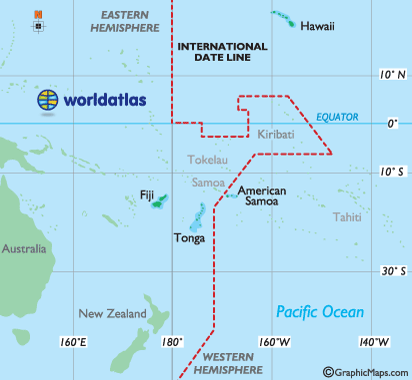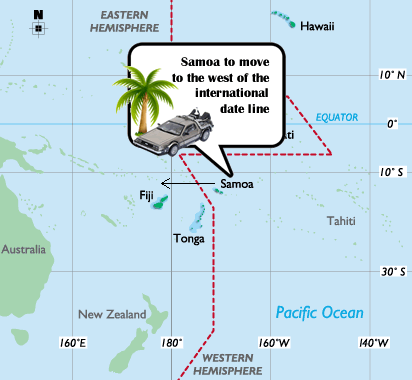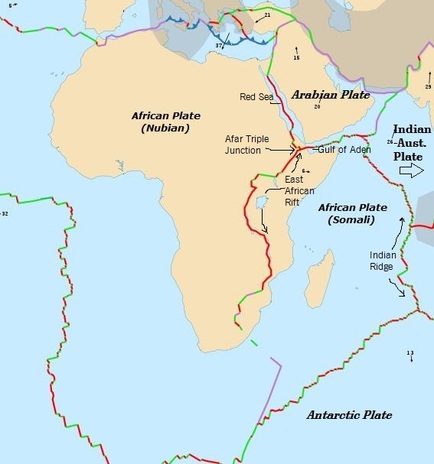Welcome to another post. Today, in Wānanga, we further continued on doing research on National Geographic Kids, and I continued looking at the Hubble Space Telescope. Last week, I posted my
research on Hubble and today, I will be covering how Hubble works.
What's the title of the article?
Spaced Out: How Hubble Works
What is the article about?
This article informs about how Hubble works, it's functions, how fast it travels, and it's length and width.
 |
This photograph of NASA’s Hubble Space Telescope was taken on the fifth servicing mission to the observatory in 2009.
Credit: NASA |
Have you ever wondered to take a closer look at the stars, see some of the coolest parts of our universe? Then you would need a telescope, a big one.
Did you know, the Hubble Space Telescope has a mirror that's around 2.4 metres across. So, that is much bigger than any telescope you have ever used from your backyard.
The larger a telescope's mirror, the more light it collects, and the better its vision.
Hubble Space Telescope is about 13.4 metres long and weighs more than 11 tonnes.
Dr Joel Green, an astrophysicist says, "But what's most impressive about it is that we put it into space, so in order to do that it has to use very small amounts of power."
Hubble uses about the same amount as power as a hair dryer!
NASA fuels Hubble with the largest power source, the Sun.
Hubble gets it power from the sun and stores it as electricity.
Two large solar panels capture sunlight to use as solar energy. The Hubble Space Telescope is not only big in size and low on energy. It's also fast.
"It travels around the Earth in its orbit at something like 20,000 kilometres per hour, so about 10,000 miles per hour, and it orbits the Earth every hour and a half."
It takes Hubble 95 minutes to make a trip around the world.
At this rate, Hubble could travel from Christchurch to
Alice Springs (Australia) in about 10 minutes.
Dr Jason Kalirai, also an astrophysicist says, "One of the reasons that the Hubble Space Telescope is so powerful today is that we've enabled new ways to use the telescope that didn't exist before."
Hubble is the first telescope designed to be visited in space by astronauts, who perform repairs, replace parts, and update its technology with new instruments.
"We installed a brand new set of cameras and spectrographs and instruments within Hubble during its last servicing mission, and they're all performing remarkably well."
Hubble has helped astronomers make amazing discoveries like determining the universe is between 13 to 14 billion years old.
Although the Hubble Space Telescope launched over 25 years ago, it still continues to be one of the most important tools we have to learn about the universe.
Dr Jason Kalirai: Hubble has made countless discoveries through its observations, and answering new puzzles that have emerged requires more powerful telescopes. And so one of Hubble's greatest legacies is not just to answer questions about the universe, but also to open up new mysteries that we can solve with future telescopes."
Three facts you learnt:
- Hubble Space Telescope is about 13.4 metres long and weighs more than 11 tonnes.
- It travels Hubble orbits the Earth something like 20,000 kilometres per hour, and it orbits the Earth every hour and a half. It takes Hubble 95 minutes to make a trip around the world.
- Hubble has helped astronomers make amazing discoveries like determining the universe is between 13 to 14 billion years old.


































